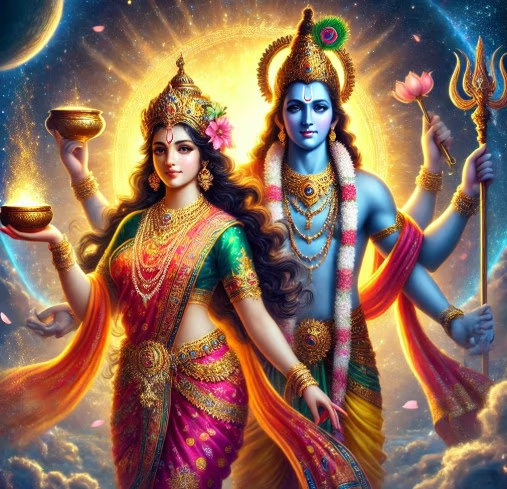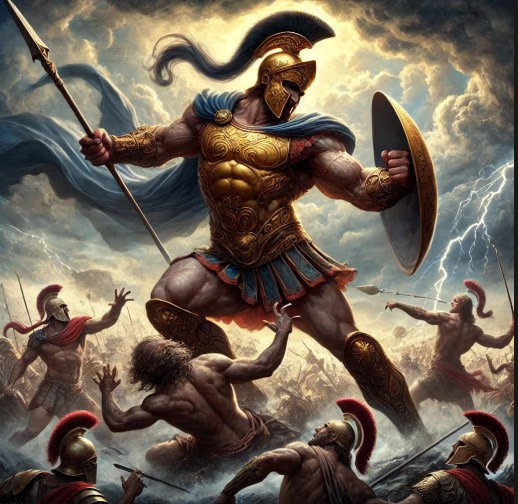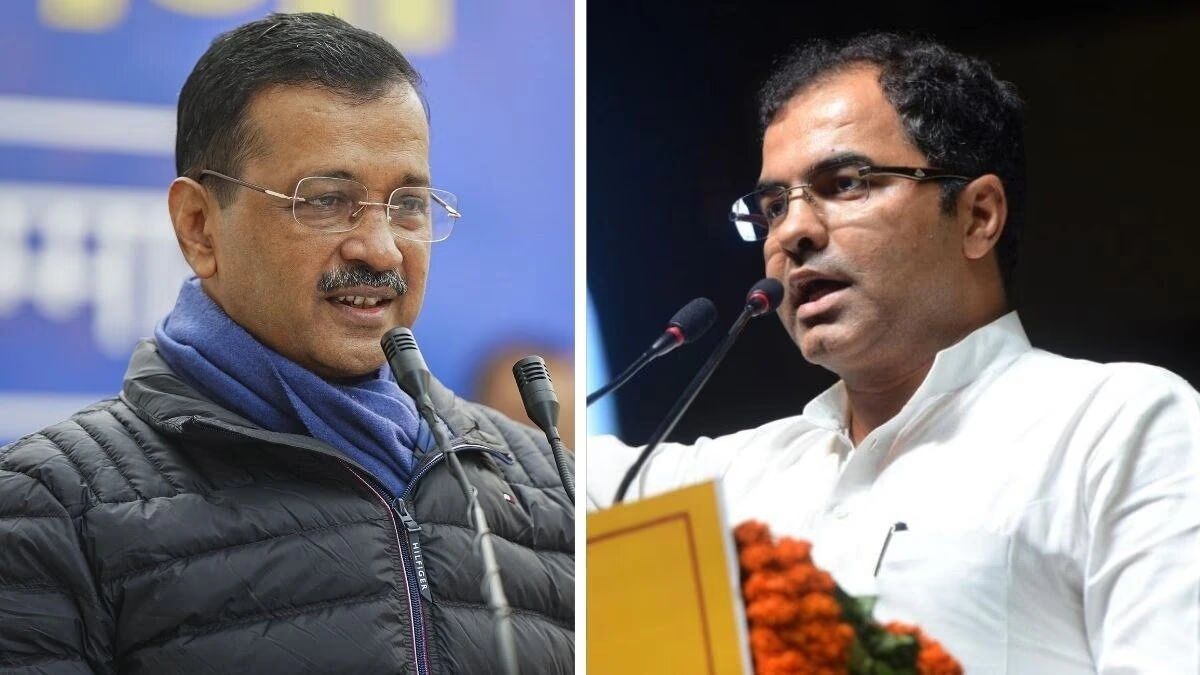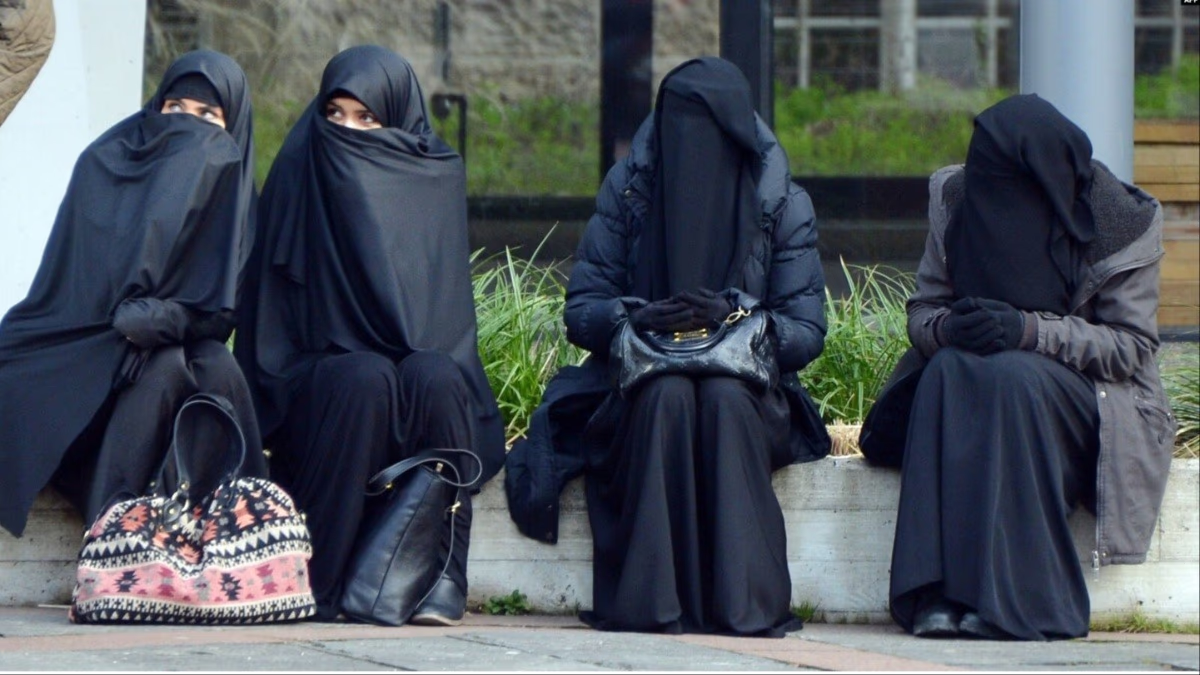The Korean web series Squid Game 2 is currently the talk of the town, and drawing even more attention is Player Number 120. Though this character, played with mesmerizing intensity, has captivated audiences, it has also sparked controversy due to casting choices, prompting the creators to clarify their intentions.
A Transgender Role in Squid Game 2
In Squid Game 2, the character Hyun-ju, depicted by Player 120, is a new addition to the roster—a transgender woman and a former special forces soldier. Her aspiration to undergo gender confirmation surgery requires funding, which she hopes to acquire by winning the game. Hyun-ju is the first to join the rebellion led by Gi-hun from the first season.
The Casting Controversy
Despite winning hearts, Hyun-ju's casting has become a point of contention. Park Sung-hoon, a 39-year-old Korean actor known for roles in dramas like 'Gonjiam: Haunted Asylum' and Netflix's 'The Glory,' plays this character. Audience members have voiced concerns over casting a male actor for a transgender role, questioning why a transgender actor was not chosen.

Source: aajtak
What the Creators Say
In an interview with Decider, series creator Hwang Dong-hyuk explained that the inclusion of a transgender character aims to address the limited representation of transgender people in Korean entertainment. Dong-hyuk stressed the importance of showcasing marginalized communities in Squid Game, similar to how Season 1 highlighted the struggles of a foreign worker, Ali.
Dong-hyuk further elaborated, "Gender minorities in present-day Korea face societal rejection. Creating Hyun-ju as a transgender woman transitioning from male to female served as a narrative choice to spotlight these issues." Yet, many critics were dissatisfied with the decision to cast a male actor in this role, seeing it as inadequate representation.
Addressing the casting controversy, Dong-hyuk disclosed the challenge of finding a Korean transgender actress to fill the role.
Transgenders Throughout Civilizations
Despite the casting challenges, transgender individuals have a rich history of open representation across civilizations. They are not only part of historical narratives but have also played crucial roles in advancing mythological stories. Indian mythology boasts figures like Mohini, Shikhandi, and Bhrhannala, while Roman and Greek mythologies also make notable mentions of transgender characters.
Transgender Inclusion in Indian Mythology
India's mythological tales are a testament to its cultural richness and diversity. These narratives emphasize humanitarian values while acknowledging the role and significance of each individual within society. The frequent mentions of the transgender or 'third-gender' community in these tales highlight the ancient recognition of gender diversity and their societal acceptance.
Ardhanarishvara: The Union of Masculine and Feminine
The Ardhanarishvara form of Lord Shiva symbolizes the fusion of male and female energies, depicting Shiva and Parvati as one body. This form conveys the message that men and women are not only complementary but equally essential—a crucial lesson for today's society in advocating gender inclusivity.
The Mohini Incarnation: An Epitome of Attraction and Power
As tales progress, Vishnu's renowned avatar, Mohini, emerges prominently. Known for gender transformation during the churning of the ocean, Mohini protected the divine nectar and offered it to deities. This narrative illustrates that the blend of masculine and feminine qualities can lead to extraordinary outcomes. Mohini's portrayal underscores the imperative of respecting beauty, allure, and intelligence equally within society.

Source: aajtak
The Tale of Ila: From King to Queen
The story of gender transition appears in the Vishnu Purana and Bhagavata Purana. Among the two prominent lineages in Kshatriya tradition, the Solar Dynasty and the Lunar Dynasty stand out. The Solar Dynasty produced legends like Ikshvaku, Sagara, Raghu, and Lord Rama. Conversely, the Lunar Dynasty is renowned for powerful kings such as Pururavas, Ayu, Yayati, Shantanu, and Bheeshma, with Lord Krishna belonging to one of its branches.
According to lore, the origin of the Lunar Dynasty is fascinating. Parvati prompted Lord Shiva to create a delightful enchanted forest, which she kept secret with a curse—any unsolicited visitor would transform into a woman.
One day, Ela, pursued a rival king, inadvertently entering this mystical forest and falling victim to the curse, becoming a woman. Despite repeatedly seeking forgiveness from Parvati, she could only reduce the period of her transformation to two years.
During this time, Ela, now a woman, married Buddha, the Moon's son, giving birth to Pururavas, who founded the Lunar Dynasty and became a revered king in mythological history.
Shikhandi: More Than Just a Transgender Warrior
Shikhandi is a pivotal character in the epic Mahabharata, born a woman but living as a man. Shikhandi is known for playing a decisive role in achieving Bheeshma's demise. Previously Amba, princess of Kashi, Shikhandi reincarnated to avenge being wronged by Bheeshma. Bheeshma's vow of not raising weapons against women allowed Arjuna to strategically use Shikhandi on his chariot, leading to Bheeshma's defeat.
This narrative demonstrates the potential for transgender individuals to hold significant and impactful roles within society.
Blessings to the Transgender Community from Lord Rama
According to the Ramayana, when Lord Rama embarked on his exile, he asked the men and women following him to return. However, the transgender community stayed, believing that the directive was not meant for them. Impressed by their devotion, Lord Rama blessed them with a special place and respect in society, proclaiming that their blessings would be irresistible.
Arjuna's Transformation into Bhrhannala: A Symbol of Art and Knowledge
During the Mahabharata's period of anonymity, Arjuna embraced the role of Bhrhannala, living as a transgender in King Virata's court, teaching dance and music to the princess Uttara and the womenfolk. As a warrior, Arjuna's choice to adopt this identity serves as a profound societal message on the equal importance of individuals, regardless of gender identity, further affirmed by his victory in the Virata war as Bhrhannala.
Indian myths don't just reference the transgender community, they grant them unique recognition and respect—a vital message emphasizing that gender diversity is an ancient, intrinsic part of our cultural heritage.
Likewise, Greek and Roman myths reveal intriguing narratives about transgender themes, encompassing gender transformation and fluid identities, presenting these experiences through a rich historical lens.
In Greek and Roman Myths
The tales of Hermaphroditus, Tiresias, Caeneus, Iphis, and Attis explore themes of gender transformation and identity. Hermaphroditus, a being with both male and female traits, is the son of Hermes and Aphrodite. His union with the nymph Salmacis resulted in a dual-gendered existence. Tiresias, a well-known seer, lived as both man and woman after encounters with mating serpents. Caeneus, once a woman named Caenis gifted with transformation by Posideon, became a revered male warrior. Iphis, born female but raised male, was transformed by the goddess Isis for marriage, questioning love and identity. Attis's devotion to the goddess Cybele led him to self-transition, a narrative from Roman aunts.

Source: aajtak
Transgender Concepts in Korean Myths
Korean folklore also contains elements that transcend gender boundaries, represented in spiritual symbols like the Shindevta, believed to encompass both male and female energies, highlighting balanced energies without clear gender distinctions. Such stories, though lacking historical veracity, illustrate transformative gender themes.




